Welcome to the Jungle!
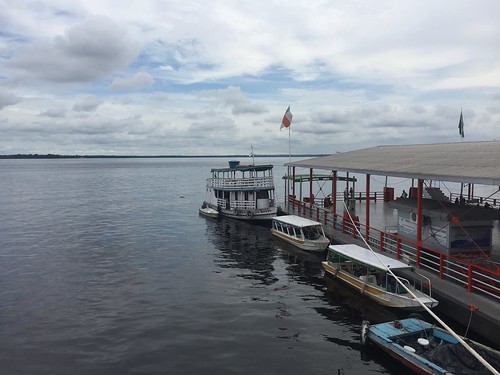
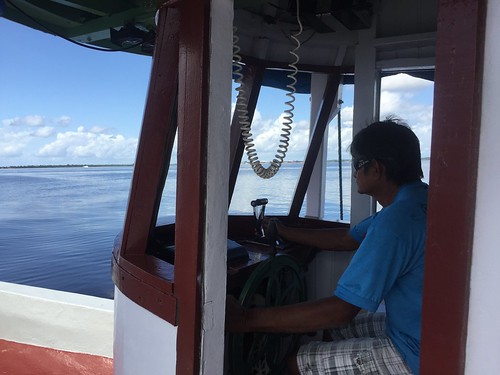
Tuesday Day 1: arriving in Manaus I was greeted by Reynaldo our tour guide. We met up with Susan and Steve and drove the 20 minutes out of town to the Manaus Marinha and boarded Arahu Junior. We met our Captain, Vivaleo, his wife, our cook, Varlene, and their son, Valderson, our deckhand.


The boat was rocking and bouncing; I sort of freaked out. I get very motion sickness and I was told this was a flat bottom boat and I wouldn’t feel any motion. I still had service at that point and messaged mom with panic. She suggested I put hair ties on my wrist and once we started going I would be fine. Mind over matter, right? Or this might be a very long hard 4 days… Taking off across the water it was pretty smooth. I think I’ll be okay.

Further away from land and service gone, so far so good on the seasick’ness (fingers crossed). Captain tied up our hammocks (we’re sleeping in hammocks on top of the boat!!) and we settled onboard.
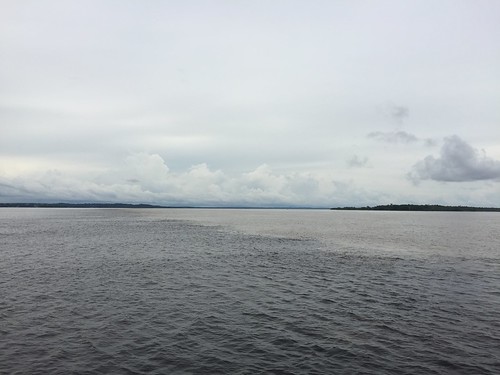
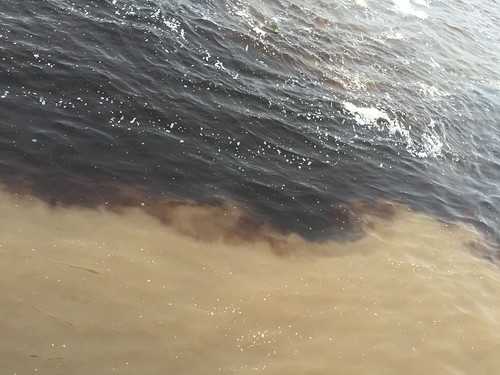
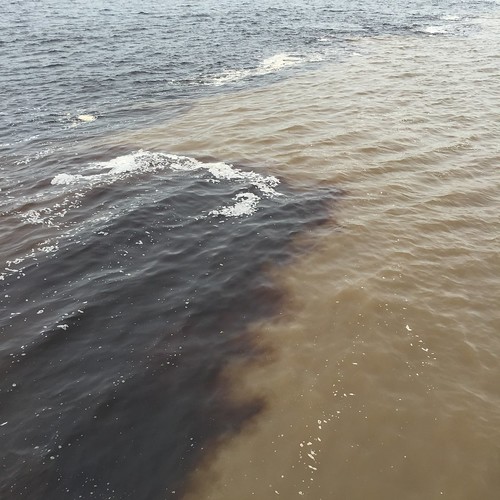
First we traveled to where the Rio Negro and the Amazon meet ~ The Meeting of the Water. SO COOL! The waters touch but don’t mix due to speed, temperature, and density ~ confluence. It is black water meets brown water and it’s very obvious, creating even a swirling effect in some spots, fighting one another. The Rio Negro flows at near 2 km per hour (1.24mph) at a temperature of 82*F, while the Amazon flows between 4 to 6 km per hour (2.4-3.7mph) at a temperature of 71*F. Ronaldo told us all about the two rivers and how the Amazon is now estimated to be even longer than the Nile.
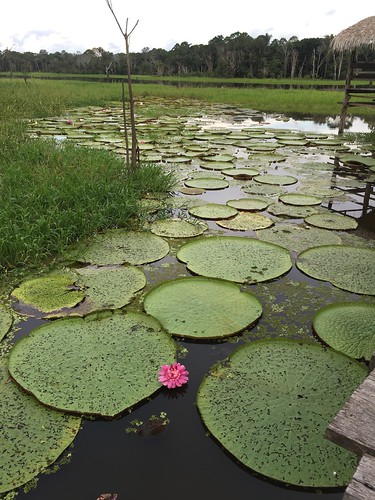
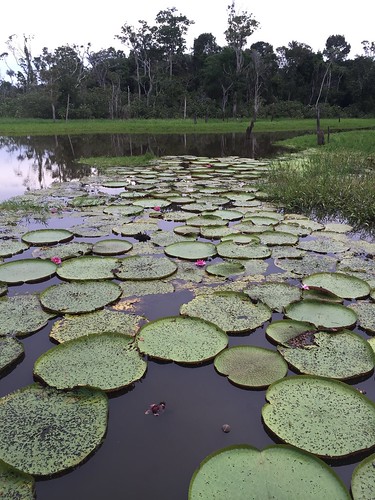
For an introduction to river life, we proceeded to a small village area where water giant lily’s grow and met some squirrel monkeys. The lily's, Victoria Amazonica, can grow up to 8 feet wide supporting up to 99 pounds! The pink flower you see is part of the process lasting only 48 hours. The leaves will grow to space availability; once the leaves touch they actually begin killing one another and decomposing.
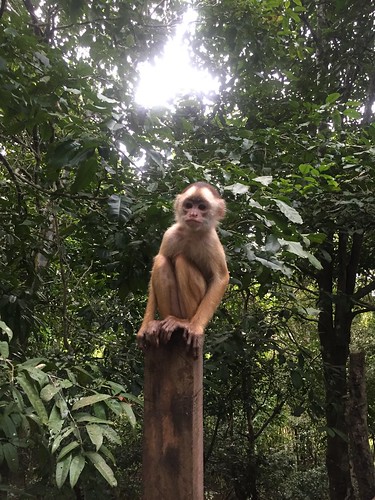
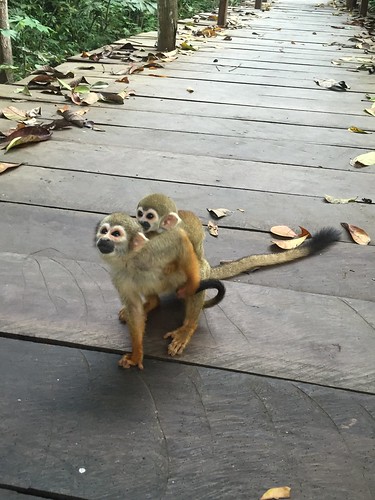
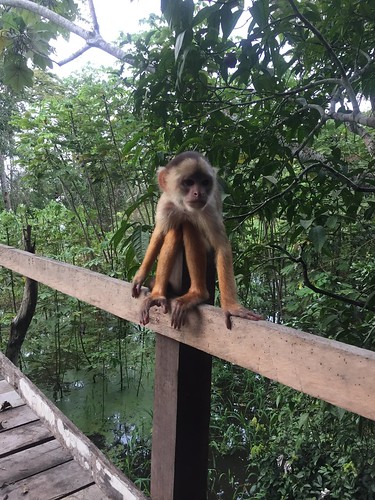
Squirrel monkeys are also native to the area. They are not tame by any means, but they are also not aggressive. They're not big on cuddling either. Later a momma sits in my lap though and enjoys her banana.

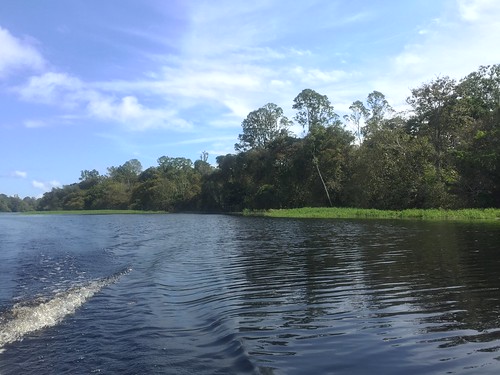
The way the people live along these rivers is truly exotic. The houses are along the river on stilts (and I just realized I really don't have any photos of these houses). No cars or streets. I wondered, isn’t everything always just wet? After a few days on the river myself, the answer is yes! But not due to the river water, but due to the humidity.
There are no roads or sidewalks; most locals have built decks and walkway bridges on their land to here and there. Traveling elsewhere is by boat. They even have big yellow school boats that tote the kids to school. Can you even imagine a life like this!?
We continued to explore the river before stopping for the night. Oh btw, we spent most of our time on the Rio Negro. It is safer, less mosquitos, and SAFER. The river is apx 2,300km long and up to 30km wide and runs mostly parallel to the Rio Solimoes (more recognized as the Amazon River).
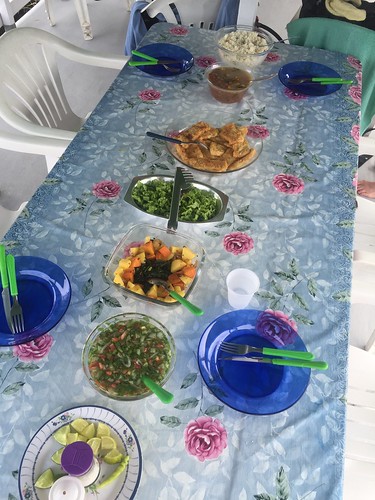
Dinner was prepared by 7pm with fresh fish, potatoes, rice, and veggies ~ always an impressive spread (other nights included another type of fish, chicken, and beef).
Time to hit the hammock. An early night, but dark means sleep.
It was easier to sleep in the hammock than I thought but not crazy comfortable. I was only comfortable in basically one position, on my back. It was quite an adjustment but by the final night was able to also sleep on my side. There's also something about the body position that forces the bladder full because I got up to potty 3 times during the night! (and just as many each night from there!).

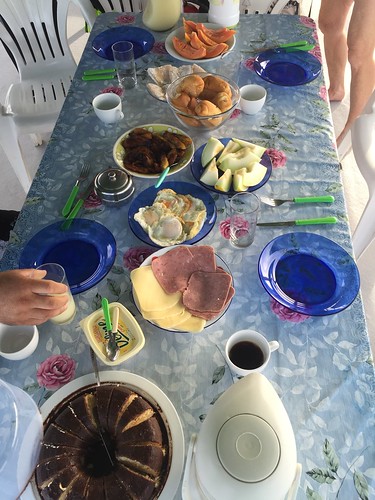
Wednesday Day 2: the sun comes up early and so do we. Breakfast is served full on with coffee, eggs, meat and cheese, chocolate cake, fruit, and fried plantains. Perfect. Each morning was similar with its own special fruit, sweet, and juice.
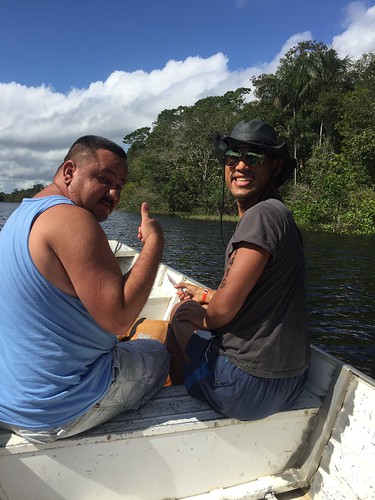

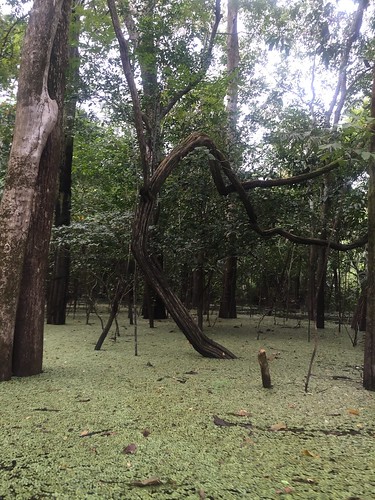
^ We off loaded the big boat and got on the small john boat to explore the Ariau River (which runs just off the Rio Negro).
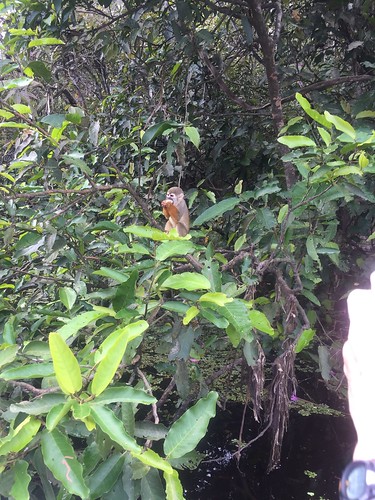

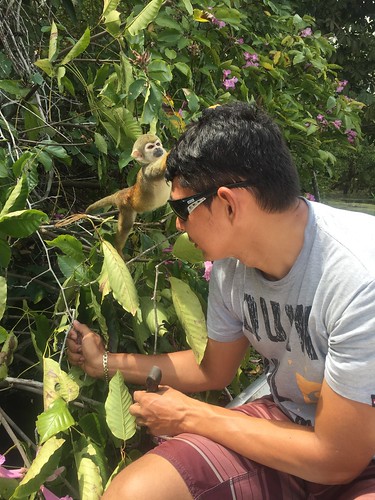

Along the way we encountered squirrel monkeys, tons of different birds, a sloth sighting, and a pink dolphin sighting. And can't forget the ENORMOUS "telephone" tree. The one pictured would take 18 people around hugging, that's how big it is!
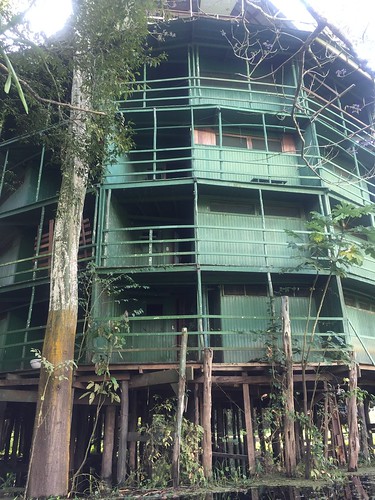
We also explored the area of an abandoned Amazon getaway hotel. It was so big and spectacular and very spooky all broken down. It’s sad really, Reynaldo explaining that it was only 3 short years ago that the hotel and tourism was booming.
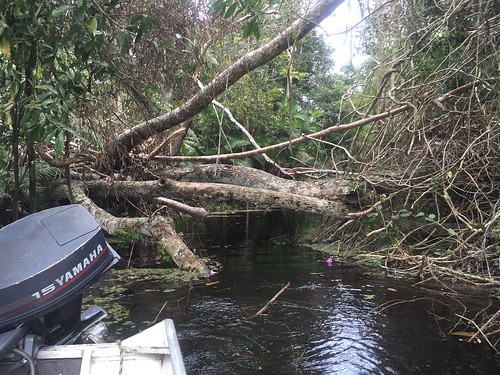

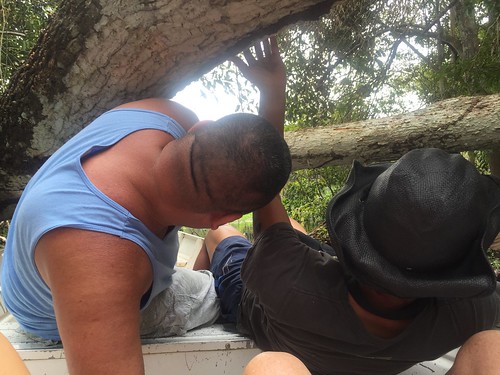
Low tree? No problem!

Back to the boat for an incredible lunch spread and siestas before our afternoon adventure.

Next up was Recanto do Boto for swimming with pink dolphins.
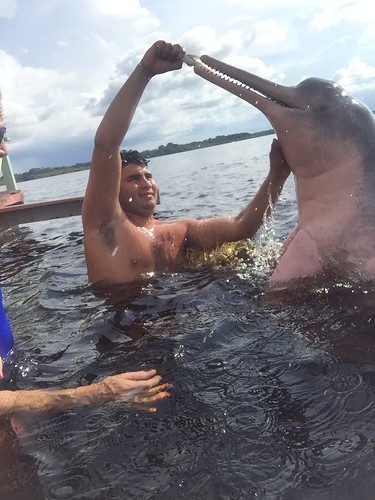


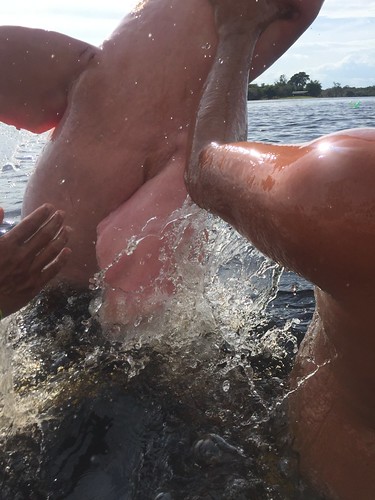
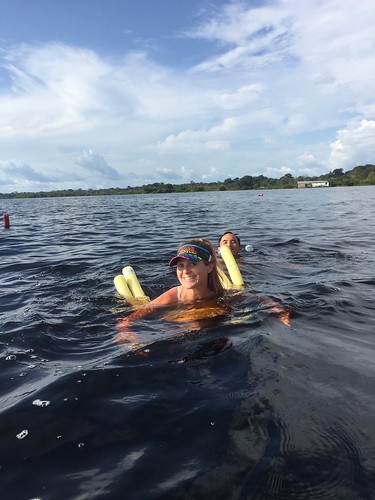
The locals jumped in the water fresh fish in hand and teased the (completely) wild dolphins into approaching us. These are not Sea World dolphins people! These are wild free dolphins. They are a bit more aggressive and not really interested in human hands all over them. And being God only knows how deep in black water, I’ll admit that I was quite nervous. They were also definitely pink. But with spots of gray and sadly, quite a bit of scarring and battle wounds. So we played around with the friendliest one (a baby) for a little bit and then learned more about the 5+ feet, 100+ pound vacuum sucking pirarucu fish (I'll have to upload a video for you to grasp the WHAT!? of this).
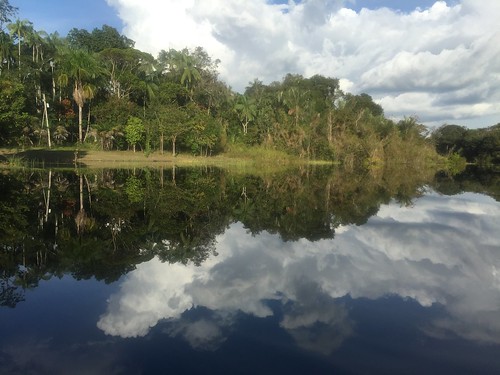
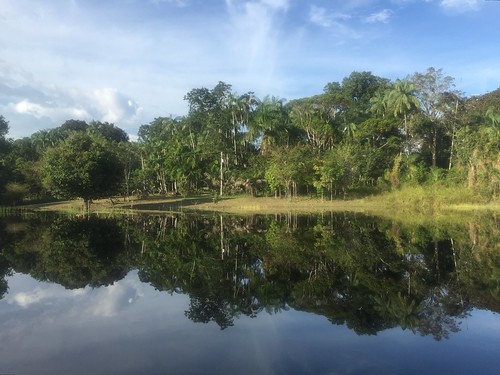
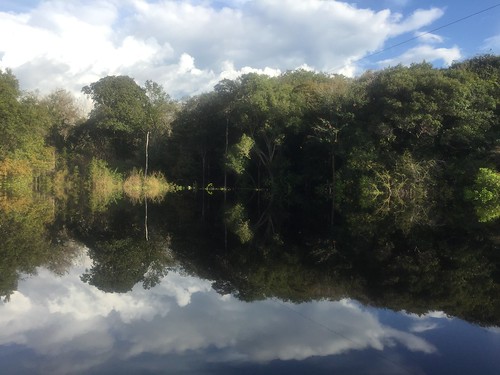
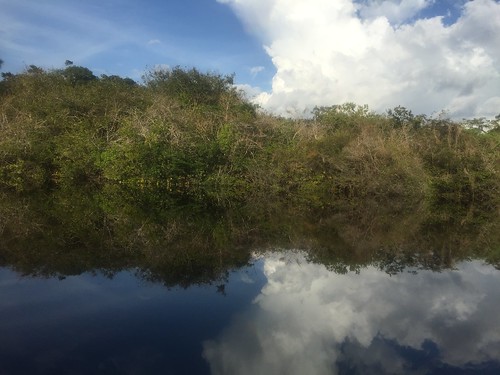
From there we journeyed to a local village. On the way, we noticed the water turned to pure glass ^. The reflection was unbelievable and even a bit of an optical illusion. Incredible beauty, I was in awe!!

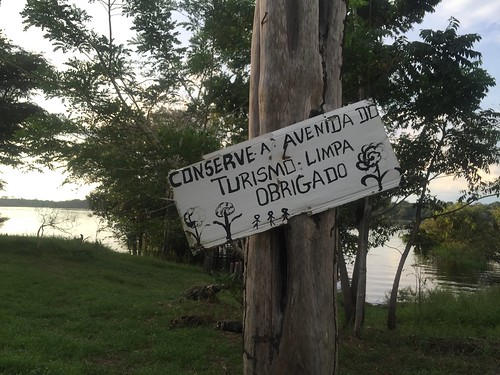
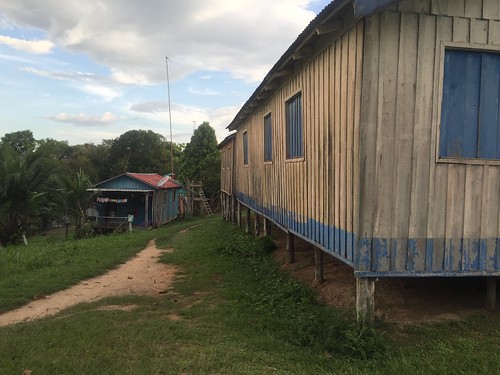
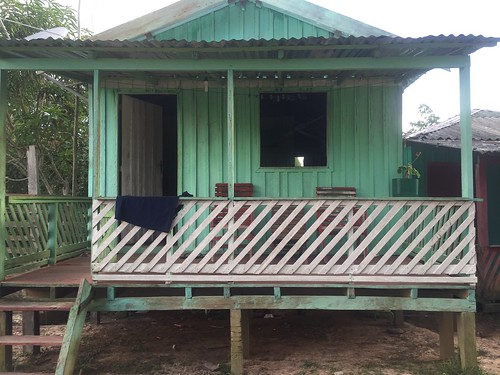

The Village of Acajatuba was very welcoming. Apparently about 300 folks live in this secluded paradise, maintaining order with a President and village officials. We wandered around checking out the houses, stopped at a store for some chocolate cookies, a bar for a cold beer, and then a small restaurant where a couple got cheese sandwiches. We watched the young boys of the village play soccer while the ladies and young girls danced aerobics. It was a great stop and I’m not gonna lie, felt good to be on solid ground for a little while! The Village had power under a new project, Energy for All. They also had satellites and we saw a few with cell phones. Even with their technology growing, a very simple life.
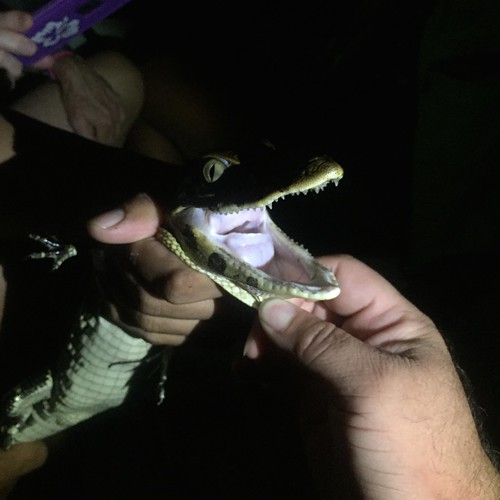
We enjoyed another filling dinner prepared by our cook and then off for our final adventure for the day, caiman night stalking. What is a caiman? A damn alligator! Yeah, I was pissed too! (if you didn't know, I'm TERRIFIED of alligators) and we're going stalking them in the DARK!? in a little john boat!? Turn this thing around right now!! Ronaldo and V just laughed at me shining their flashlights out across the water. And just like that, as swift as can be, V swoops up one out of the water, a baby caiman (with it's mother close by I'm sure!!). AHH, get that thing AWAY from me! I couldn't even touch it.
Thursday Day 3: the sun rises so early. We are up and watching locals zoom back and forth taking the kids to school (there is a big school at the nearby village). (I definitely forgot to get a picture of the yellow school boat, darn it!). Kids start going to school at 6 years old and learn the basics much like young American kids. Most are not afforded the opportunity to go to college so this will be the most of their education ~ basic math, language, and history. Girls will finish young before high school to have babies. Boys will go a bit longer but will then start working with their fathers, building, fishing, and other handy skills.
Living on the Amazon, there’s not much to aspire to and really no reason to aspire to more. It’s a very simple life that doesn’t require much money or education. Having tv and satellites, I imagine there are a handful that dream of a bigger better life but honestly, they seem very happy and satisfied. In fact, our guide, who grew up similar and has since lived a richer life both in America and in big cities in Brazil, actually wants to come back to this lifestyle.

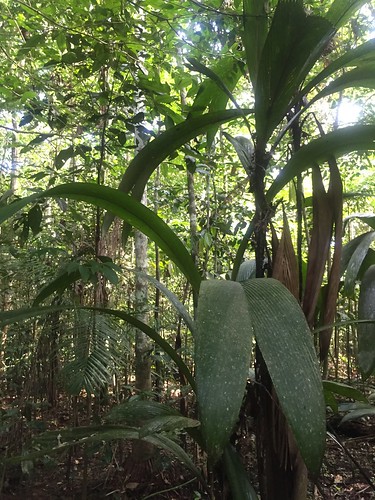
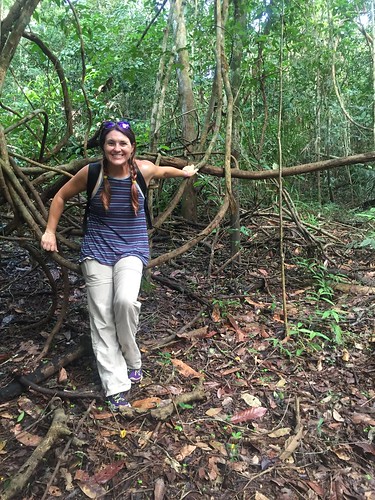

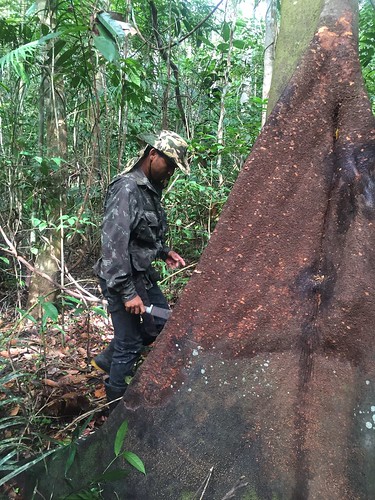
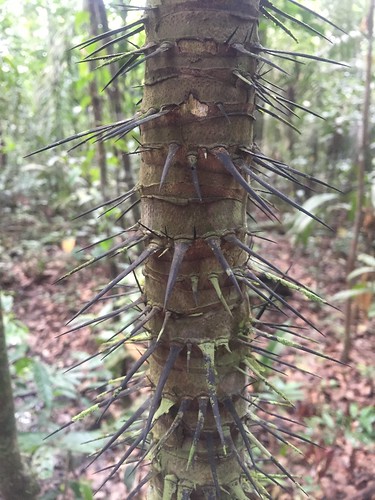
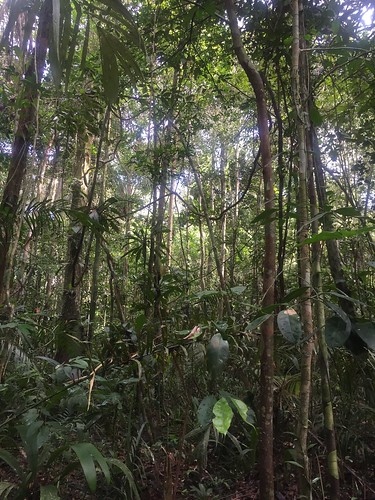
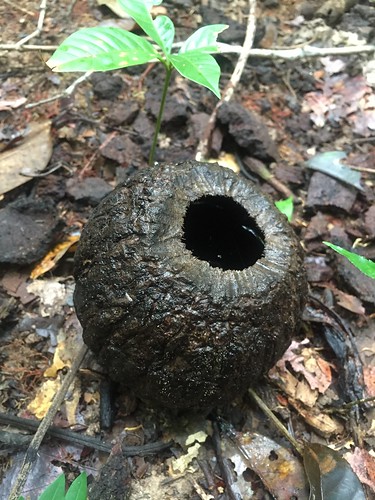

Breakfast is prepared once again including eggs, fresh fruit and nectar, and a local favorite tapioca (explained later, it's not what you think!). And now we’re headed to walk the jungle. I don’t know what I expected but it was thick, and green, and hot. And so many mosquitoes. Even doused in repellant and deet, we were swarmed by the boogers. There wasn’t a lot of animal life, the point of the hike was vegetation I think. Most of our modern medicine actually derives from different plants in the Amazon. We came across the plant used to make Vick’s vapor rub and a tree that’s sap is used to stop bleeding. There were also rubber trees, and other various plants and trees that the indigenous people use. And of course, the Acai tree and Brazilian Nut trees.

I was glad when the walk was over. In the jungle, there’s a constant sense of “lost”. Again, I don’t know how the locals manage their sense of navigation. Plus the mosquitos were driving us crazy. I didn’t think I’d say this, but take me back to the river!! Lunch and siestas.
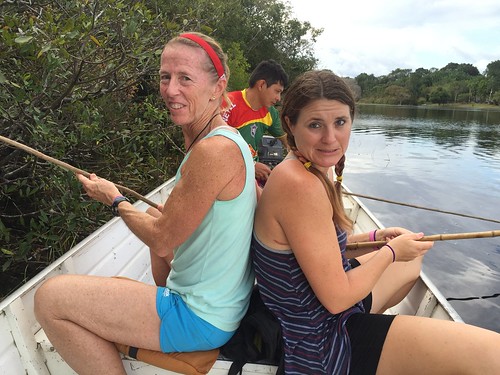

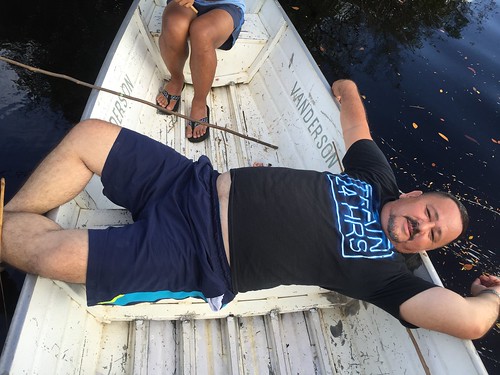
Our afternoon adventures included piranha fishing. Since it is dry season and technically "off" season piranha fishing proved to be a bust. Well, actually...


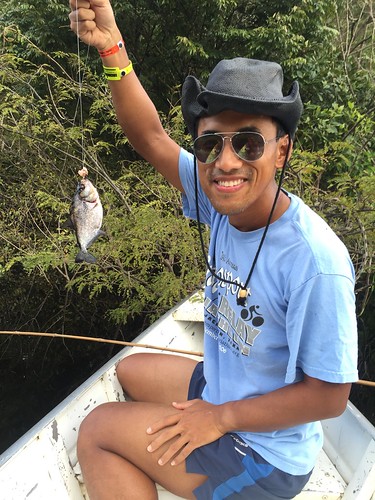
Ronaldo caught one, Steve caught one, and V caught 7 small ones. Brazil 8, America 1. Susan and I played with our bamboo fishing poles and fed the piranha's. Ha!
We weren't disappointed for the fishing to be over and headed to a local families home for some tapioca (which isn't what you think it is...), acai juice, and FRESH Brazilian nuts.
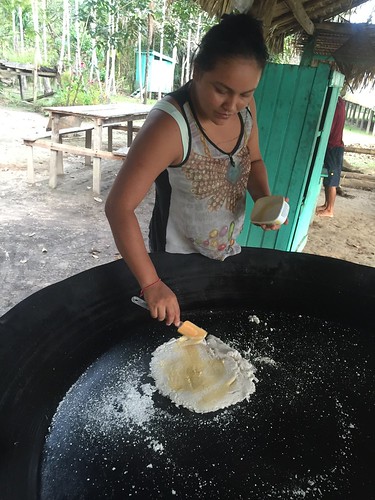
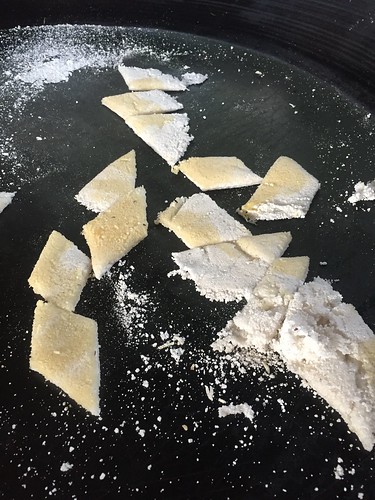
Tapioca is a type of flour the Brazilians use to make a griddle-cake (similar to a pancake or crepe). It's chewy and not very flavorful until you cover it in butter or fill it with something delicious. These included grated Brazilian nuts and smothered in butter.
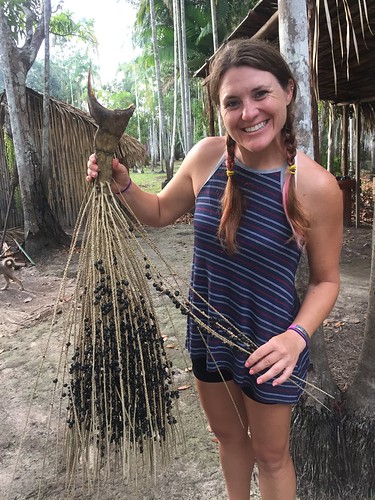
Acai berries are the new super fruit in America, but have been a big part of the South American diet forever. The berry is actually not very good by itself. It's hard and bitter. It's not until processed and sugar added does it become the flavor we know and love. The berries grow atop a palm tree and branches are cut and berries plucked.

Did you know Brazilian nuts are actually a nut inside of a nut? They come in a nut that looks similar to a coconut. Once busted into, there are between 10 and 17 little nuts inside. These now have to be broken in to as well and wala, enjoy! SO GOOD! If you ever thought Brazilian nuts were dry, it's because of their travel because fresh off the tree, OH MY GOSH!
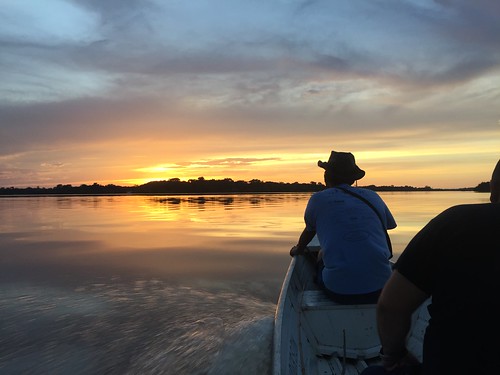
A sunset ride to return to the big boat for dinner and sleep.


Friday, Day 4: our final morning on the river we are once again awakened with a beautiful spread of eggs, meat and cheese, tapioca, fresh juice, coffee, guava spread, and chocolate balls. We had a very enjoyable boat ride to our final adventure ~ visiting an indigenous tribe.


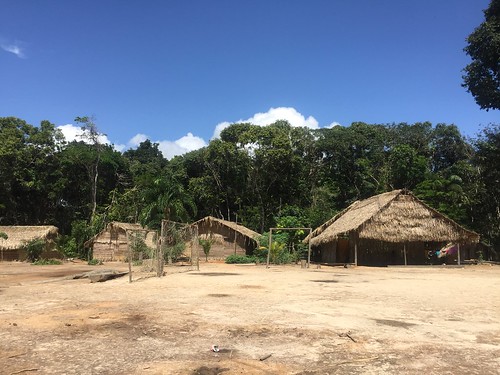
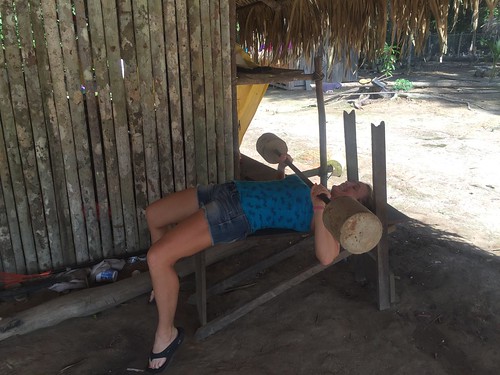
These are folks that still live off the land. They live the most simple life (although it does get more simpler in other areas), but these folks have no power or use of technology. They hunt and gather, wash in the river, and still perform ancient tribal rituals. ^ how cool, they have actually made their own "weights", ha!
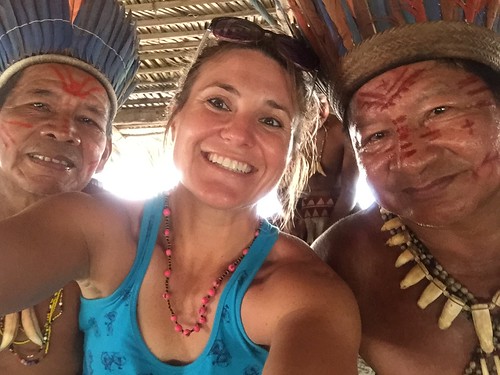
This particular tribe is very welcoming of tourism and want to teach us the values they hold so true. They actually invited me to come live with them for a week, month, year, or however long I want. They will teach me the language, to hunt and gather, and even welcome me in their rituals. HOW COOL!? Don't think I'm not considering it...

We had a really great time and I am fascinated by every aspect of their culture. Enough to live and learn? Perhaps next summer...
That was a lot of adventure packed in 4 short days. The river, the boat, the jungle, wildlife and vegetation, pink dolphins, local people, the food... it was all beautiful, an impressive culture and such an exciting time and opportunity!! A perfect Ironman recovery adventure.
I have arrived back in Manaus and plan to explore the area for a few days before continuing on to my next adventure... from Ironman to jungle to New York City!